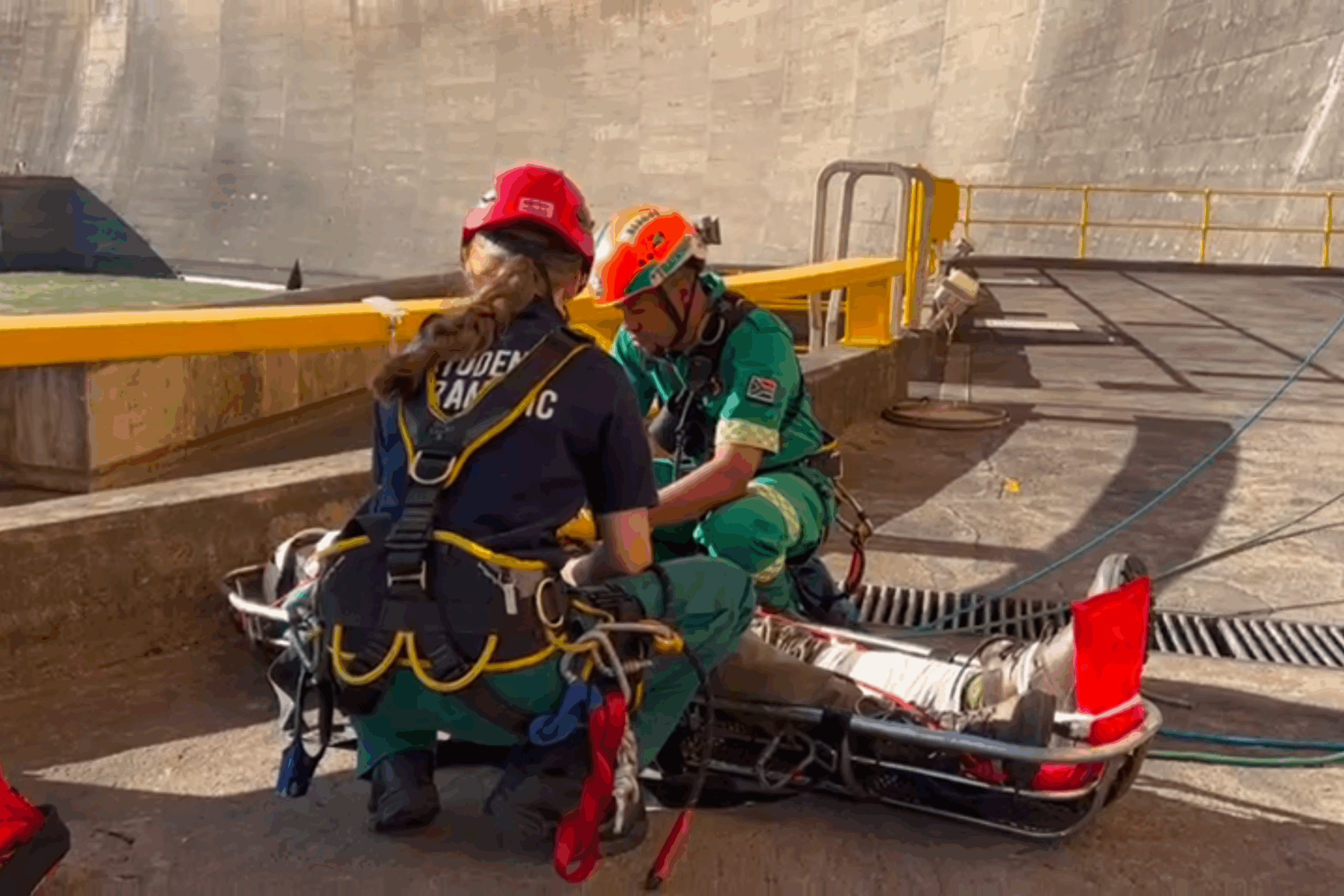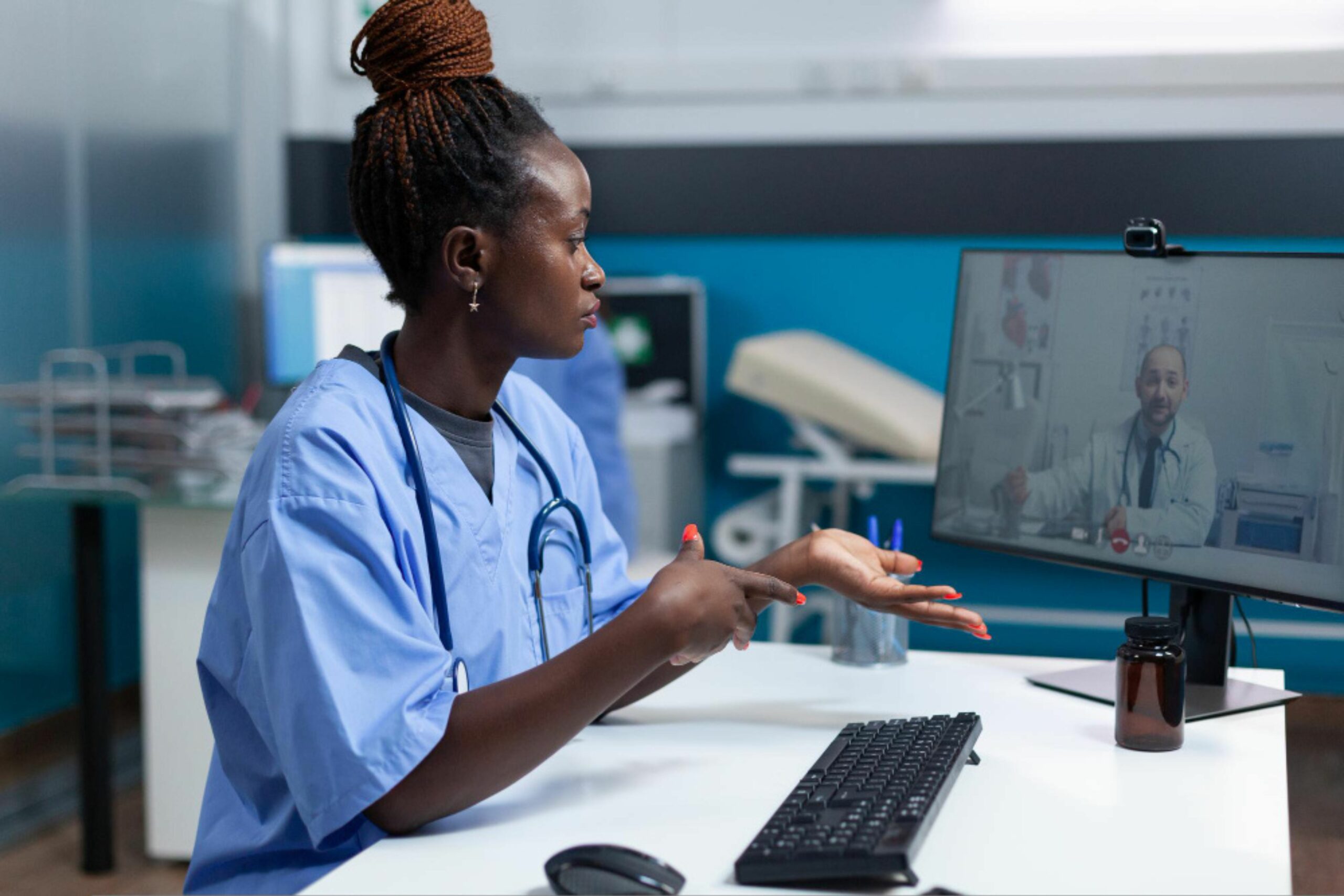Holiday Makers have began their journeys towards the festive season, whether it be near or far, the risk of being involved in or being witness to a car accident increases dramatically over this period. Perhaps it is the anticipation of a ‘much-deserved’ holiday that sends Drivers into F1 mode, or it is major upset that Lewis Hamilton did not take home the Formula 1 Trophy this year.
Regardless of the reasoning, car accidents are an inevitable not only during the Festive Season but all year round. According to the World Health Organization (WHO) 1.3 million people die yearly due to car accidents. It is our responsibility as citizens to be prepared and offer assistance when called upon.
If you are a passing motorist, pay attention to the road ahead, slow down and drive cautiously. If you stop to assist patients, ensure that you stop your vehicle in a safe area where you do not pose further danger or an obstruction.
- The very first thing you have to do is to ensure your own safety. Is it safe for you to be around the accident scene? Your safety is first priority and you cannot help anyone if you are at risk.
- Stop in a safe place, with your hazard lights on and put a warning triangle at a fair distance back from the scene to alert motorists to the possible danger ahead. This will give them enough time to slow down safely.
- Look around the scene for any possible hazards. These may include petrol or diesel leaks, fire, oncoming traffic, dangerous animals or hostile bystanders.
- Assess the scene and see if there are any injuries. If there are, make sure that you phone for help by dialling an emergency medical services provider such as Netcare 911 on 082 911 immediately. Remember to give the call taker your number in case the call gets cut off.
- When you call for help, make sure you have the location of the incident handy. If you are unsure of the exact location, the nearest intersection or large landmark would also be helpful.
- If possible, provide the call taker with a brief description of the accident scene, the number of injured patients and the nature of their injuries.
- Do not move an injured person unless absolutely necessary as you may cause further injury, especially if the person has suffered spinal injuries. Rather try to keep injured people calm by talking to them and reassuring them that help is on the way.
- If there are any patients who are bleeding heavily, try to stop the bleeding by compressing the wound with a clean towel or piece of clothing.
MINOR INCIDENT
- If you are involved in a collision, stop the vehicle if you are uninjured or have sustained minor injuries and assuming that the vehicle is still in working order.
- Get your vehicle to a safe area on the side of the road if possible to avoid further possible incidents.
- Give your name and address, the name and address of the owner of the vehicle where necessary as well as the registration number and your driver’s license details where required to do so. Report the incident at a police station within 24 hours.
- While on the scene of a collision, make use of hazard lights and an emergency triangle to alert passing motorists. There are instances where secondary accidents occur. Hence, you should ensure scene safety. Assess traffic flow and determine if it poses a danger to anyone including those involved in the collision or others around.
SERIOUS INCIDENT
- If possible determine the nature or extent of the incident, passengers hurt, other patients, vehicle entrapment, fire.
- Call emergency services immediately or instruct someone to do so immediately
- Tip keep import information and number at hand or use app like mysos or ICE ID
- If you are able to assist with first aid start immediately if you are trained and able to do so. You should always carry a first aid kit in your vehicle.
- If a wounded person is bleeding heavily, take gauze or sterile dressings from the first aid kit and place it on the wound. If gauze or sterile dressings are not available, use a towel, t-shirt or blanket for example. Press the gauze or other material tightly, applying direct pressure to the wound. Maintain that pressure until emergency services arrive. Do not stop pressing to check if there is continued bleeding or to look at the wound.
- Never move an injured person unless for their own safety (for example, if the vehicle is on fire or if there are other threats). Remember that moving a person could make their condition worse, hence it is not advisable unless vital to do so. TIP airbags produce a form smoke powder when deployed and does not mean the vehicle is fire
- If there is a fire, use a fire extinguisher. You should always carry a fire extinguisher in your vehicle and also know how to use it.
- Remember that while it is important to assist a patient, you should also ensure your safety. Do not attempt anything that may jeopardise your own safety. You are of no use to anyone if you are injured while attempting to help others. Also remember, never touch a person’s blood or try to assist them without proper protection such as gloves.
- Remember to guard children or ensure that they are safe or supervised on an accident scene
Other important information:
- Everyone should go for first aid and CPR courses.
- When you find someone unconscious and unresponsive, try and rouse them. Check whether they are breathing. If you cannot wake them and they are not breathing or gasping, emergency help must be called immediately. Lay the person on their back on a flat surface.
- Call emergency services
- If possible, place the phone on speaker next to you. The emergency call taker will provide you with telephonic assistance. Remain calm and speak clearly.
- Start compressions immediately if no signs of life.
- Push hard and fast at a rate of 100- compressions per minute.
- 5-6 cm deep for adults
- 4 cm deep for children
- Continue to perform chest compressions until the person revives or when professional help arrives on scene.


